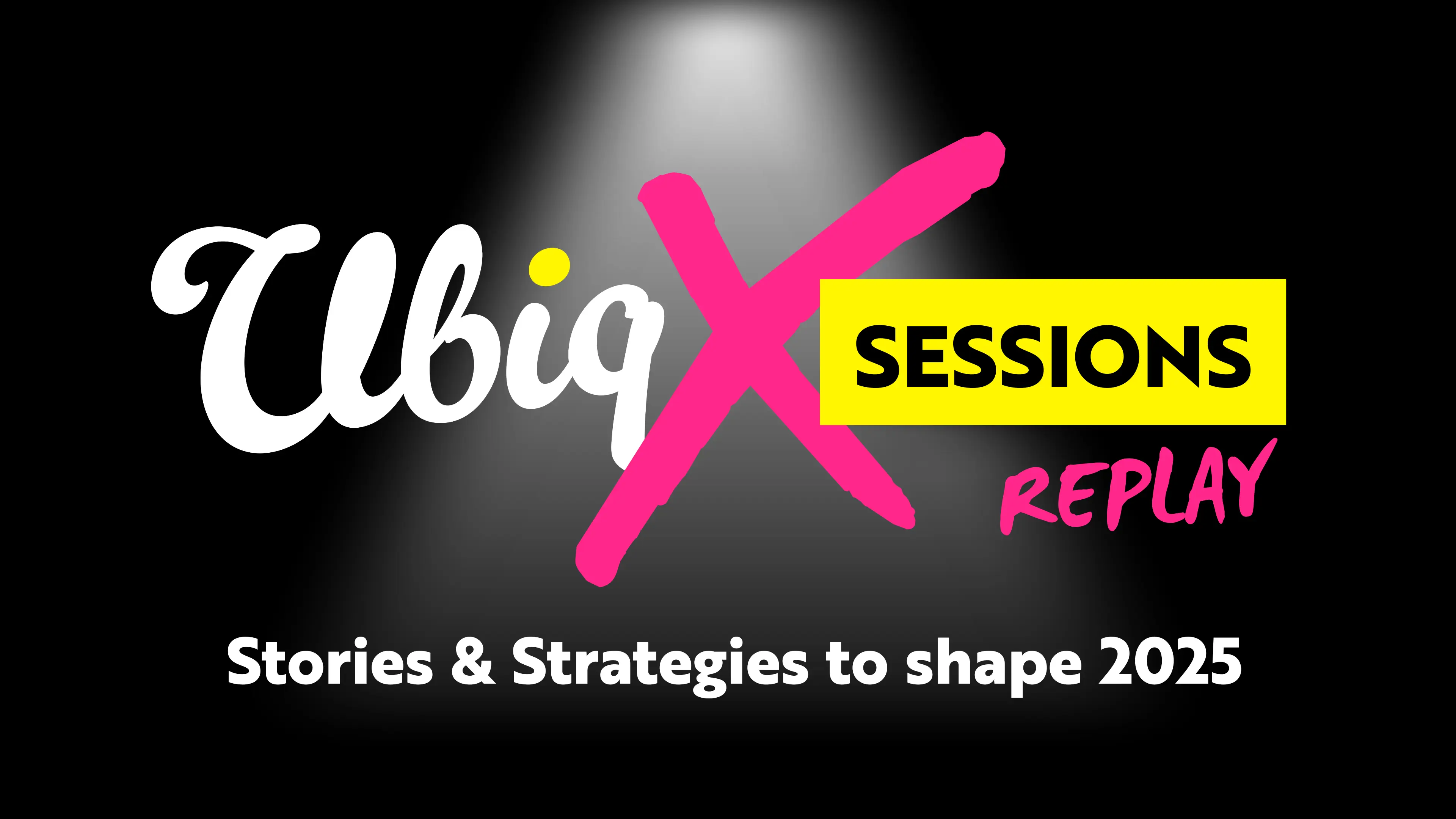In today's digital age, data is the cornerstone of effective marketing. But what exactly does that mean for your independent school, and why should you care? Let's dive in and demystify the world of marketing data.
Why is data so crucial?
Think of data as the breadcrumbs parents and students leave behind as they interact with your school. Every website visit, open day attendance, prospectus download, or enquiry is a valuable piece of information. When pieced together, these data points paint a vivid picture of your prospective families' behaviours, preferences, and needs.
Remember, choosing a school is an emotional decision for many parents. Data helps you understand and connect with these emotions more effectively.
Types of Data: A Quick Tour
- First-party data: This is the gold standard. It's information you collect directly from your audience through your owned channels. Think website visits, email interactions, open day registrations, or parent feedback.
- Second-party data: This is essentially another organisation's first-party data that you've gained access to through a partnership. For example, data shared by a local sports club or music school.
- Third-party data: This is data collected by entities that don't have a direct relationship with the parent or student. It's often aggregated from various sources and sold to organisations.
While all these types have their place, first-party data is becoming increasingly crucial due to privacy regulations. It's more accurate, relevant, and compliant with data protection laws - a key consideration when dealing with data related to children and families.
Where Does This Data Come From?
Your school is likely already sitting on a goldmine of data.
Here are some common sources:
- Website: Page views, time on site, prospectus downloads, and virtual tour engagements.
- Social media: Likes, shares, comments, and follower demographics of parents and alumni.
- Email campaigns: Open rates, click-through rates, and subscription data from newsletters and event invitations.
- CRM systems: Family interactions, enquiry records, and attendance at school events.
- Admissions process: Application trends, conversion rates from enquiry to enrolment.
- Offline events: Open day attendance, community event participation, or direct mail responses.
The Art & of Data Collection
Collecting data is one thing; doing it effectively is another. Here are some best practices:
- Define your goals: Before you start collecting data, know what questions you're trying to answer. Are you looking to increase enrollment in a particular year group? Boost attendance at school events? Your goals will guide your data collection strategy.
- Implement tracking tools: Use analytics tools like Google Analytics for your website, social media insights for your channels, and CRM systems for family interactions.
- Ensure data quality: Regularly audit your data for accuracy and completeness. Incorrect data could lead to misunderstanding your prospective parents' needs!
- Respect privacy: Always be transparent about what data you're collecting and why. Obtain proper consent and adhere to data protection regulations. This is particularly important when dealing with data related to children.
- Centralise your data: Bringing all your data into one place makes it easier to analyse and derive insights. This is where a robust data platform comes in handy.
In today's data-driven world, having a solid foundation of high-quality, well-organised data is crucial for marketing success. It's the first step in understanding your prospective families, personalising your communications, and making informed decisions that resonate with parents' emotions and aspirations for their children.
But let's be honest - managing all this data can be overwhelming, especially when you're also focusing on providing excellent education. That's where tools like AMAIS come in. AMAIS can help you aggregate and organise your data from multiple sources, creating a centralised hub for all your marketing information. This not only saves time but also ensures you're working with a complete, accurate picture of your prospective families.










